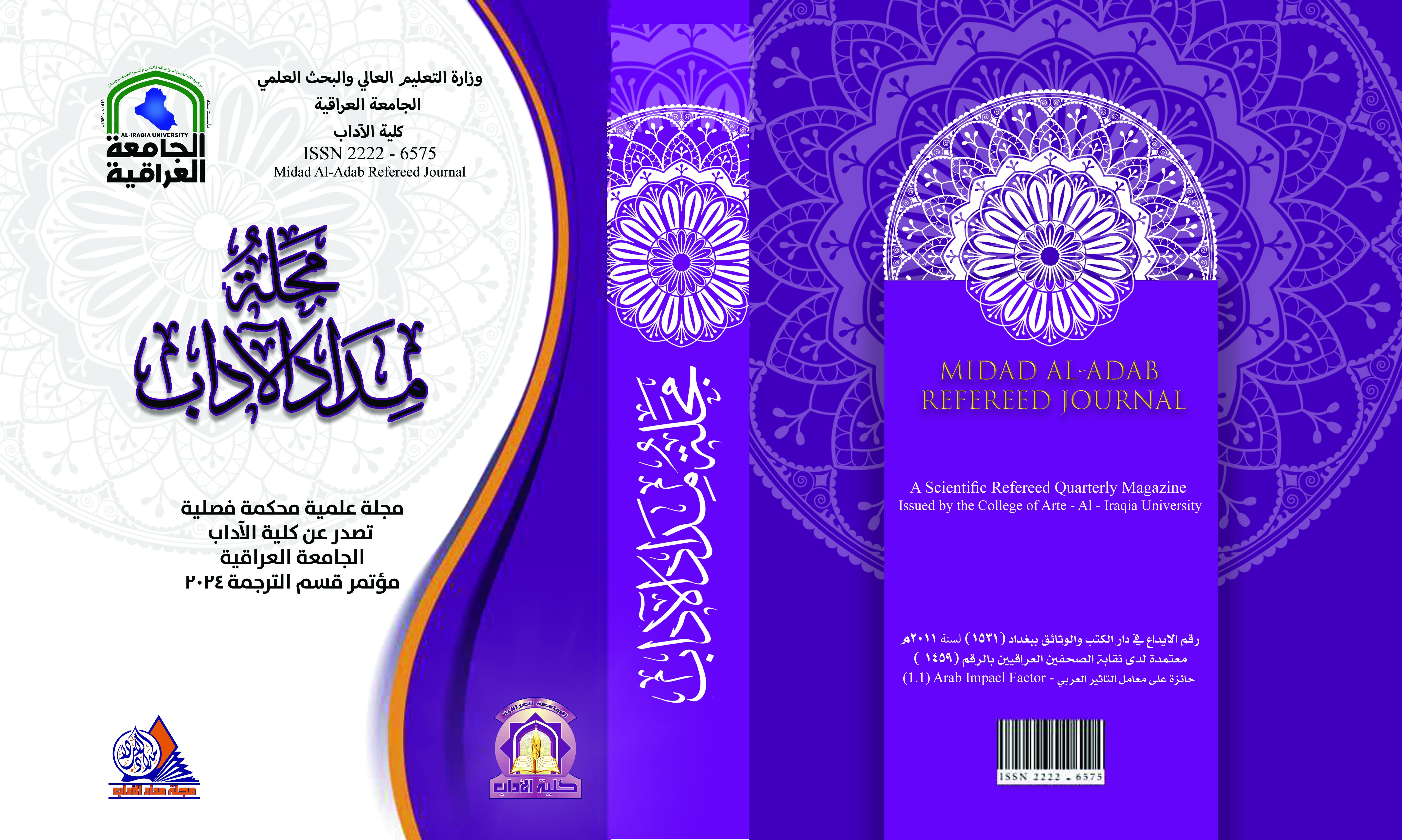Interpersonal Meaning of Mood and Modality in National Geographic’s Selected Articles
Interpersonal Meaning of Mood and Modality in National Geographic’s Selected Articles
DOI:
https://doi.org/10.58564/ma.v14iخاص%20بمؤتمر%20قسم%20الترجمة%202024.1396Keywords:
Key Words: Systemic Functional Grammar, Mood , Modality , National Geographic, Halliday& MatthiessenAbstract
Discourse linguists nowadays have been steadily shifting their interest from the traditional emphasis on linguistic text structures and toward how texts build reality in social contexts in recent years. There has been emphasis on the fact that understanding the syntactic structures, morphological formations, and phonological aspects of a text does not guarantee that the reader will also understand the text's underlying meanings. Intentional or inadvertent insertions made by the text designer between the layers of text are equally significant and should not be overlooked. With a focus on mood and modal auxiliary operators, this project aims to analyze a selection of articles from National Geographic using Systemic Functional Grammar (SFG). The articles are information-centered and heavily rely on declarative clauses, as indicated by the results of the mood selections (97.3%). The majority (49.1%) of modal auxiliary operators are low scale operators.
Downloads
Published
Issue
Section
License

This work is licensed under a Creative Commons Attribution-NonCommercial-NoDerivatives 4.0 International License.








